Seriously, you can literally shave pounds by grubbing on just carbs—but don’t get it twisted. You gotta make sure you’re eating the right ones. Add these carbs choices to your weekly diet and keep your body burning fat all day—no gimmicks.
Barley: A Good Carb that Helps Cleanse the Body
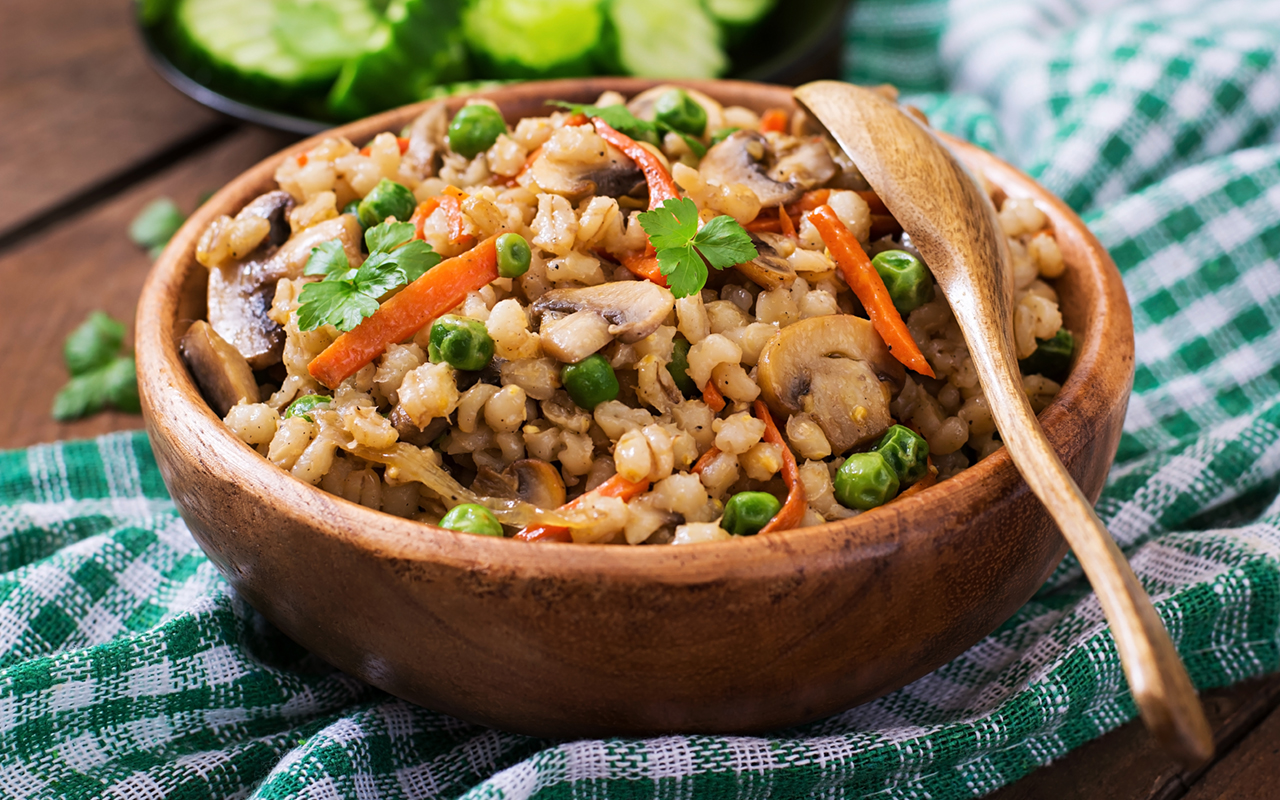
Barley stands out as a significant nutritional ally in the quest to burn fat and for a balanced diet and a healthy digestive system. This good carb is a robust grain and a natural appetite suppressant, aiding weight management by reducing the urge to snack between meals and potentially decreasing overall calorie intake.
In addition to its satiating properties, barley is an effective bulking agent. This helps facilitate the smooth passage of waste through the digestive tract, crucial for maintaining regular bowel movements and preventing constipation. Regular consumption of barley might contribute to a more comfortable and regular digestive experience.
The fiber content of barley is particularly noteworthy, as it provides approximately 6 grams of soluble fiber per serving. Soluble fiber is known for lowering bad cholesterol levels, which benefits heart health. It achieves this by binding with cholesterol in the digestive system and preventing its absorption into the bloodstream.
Furthermore, the soluble fiber in barley is instrumental in regulating blood sugar levels. This is achieved by slowing the absorption of sugar into the bloodstream, which can be especially advantageous for individuals managing diabetes or those prone to blood sugar spikes. The regulation of blood sugar also assists in maintaining steady energy levels throughout the day, warding off the energy crashes that can accompany high-sugar meals.
Overall, incorporating barley into one’s diet is a wise choice for anyone looking to boost their fiber intake, support their cardiovascular health, manage appetite, and promote a healthy digestive system. Whether included in soups, stews, salads, or as a side dish, barley is a versatile grain that can complement various meals while providing these health benefits.
Whole-Wheat Pasta: A Fiber-Rich Option for Sustained Energy
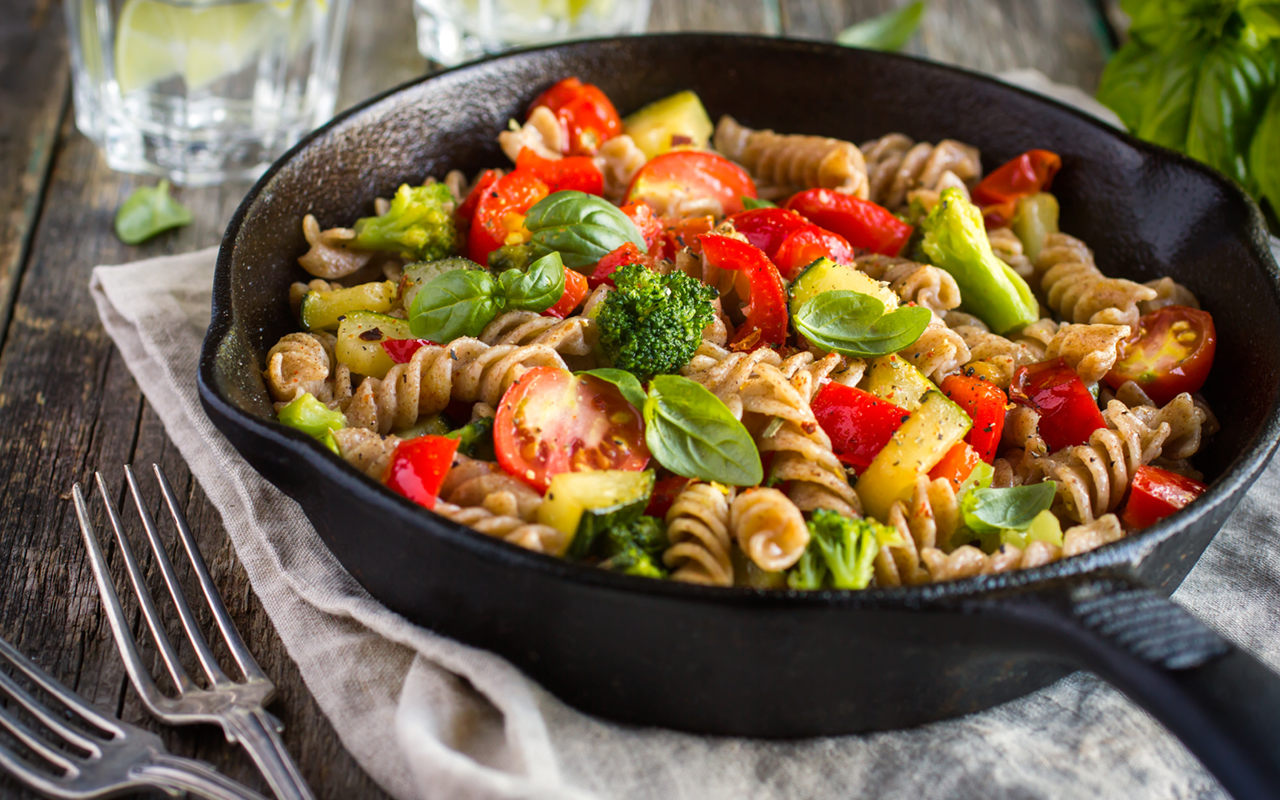
Whole wheat is a nutritious grain that comprehensively benefits the body, as it retains all three vital components of the wheat kernel—the bran, the germ, and the endosperm. Unlike refined grains, which are stripped of the bran and germ leaving mainly the starchy endosperm, whole wheat preserves the integrity of all parts, ensuring a host of nutrients are maintained.
The bran, the outer layer of the kernel, is especially rich in dietary fiber. This high fiber content aids in digestion, helps to regulate blood sugar, and can contribute to a feeling of fullness, which may support weight management efforts. Moreover, the fiber found in whole wheat has been linked to a reduced risk of chronic diseases such as cardiovascular disease and type 2 diabetes.
The germ, the embryo of the wheat seed, is a powerhouse of nutrients including essential fats, protein, vitamins, and antioxidants. It is particularly high in B vitamins, which are critical for a healthy nervous system and play a key role in converting the food we consume into energy. These B vitamins include niacin, thiamin, and folate, which are all important for maintaining cellular function and supporting the body’s metabolism.
Moreover, whole wheat is a rich source of minerals, including iron, which is necessary for the formation of red blood cells and the transport of oxygen in the body. Magnesium, another mineral found in whole wheat, is involved in over 300 enzymatic reactions in the body, including energy creation and muscle function. Selenium, an antioxidant, helps protect cell membranes from oxidative damage and is essential for proper thyroid function.
Regular consumption of whole wheat and other whole grains has been associated with numerous health benefits. In addition to boosting digestive health and lowering the risk of chronic diseases, it may also help with managing blood pressure and reducing inflammation.
Incorporating whole wheat into one’s diet can be as simple as selecting whole wheat bread, pasta, and cereals, or by experimenting with whole wheat flour in baking and cooking. By doing so, you can take advantage of the full spectrum of nutritional benefits this whole grain has to offer.
Legumes: Your Go-To Foods for Weight Loss and Heart Health
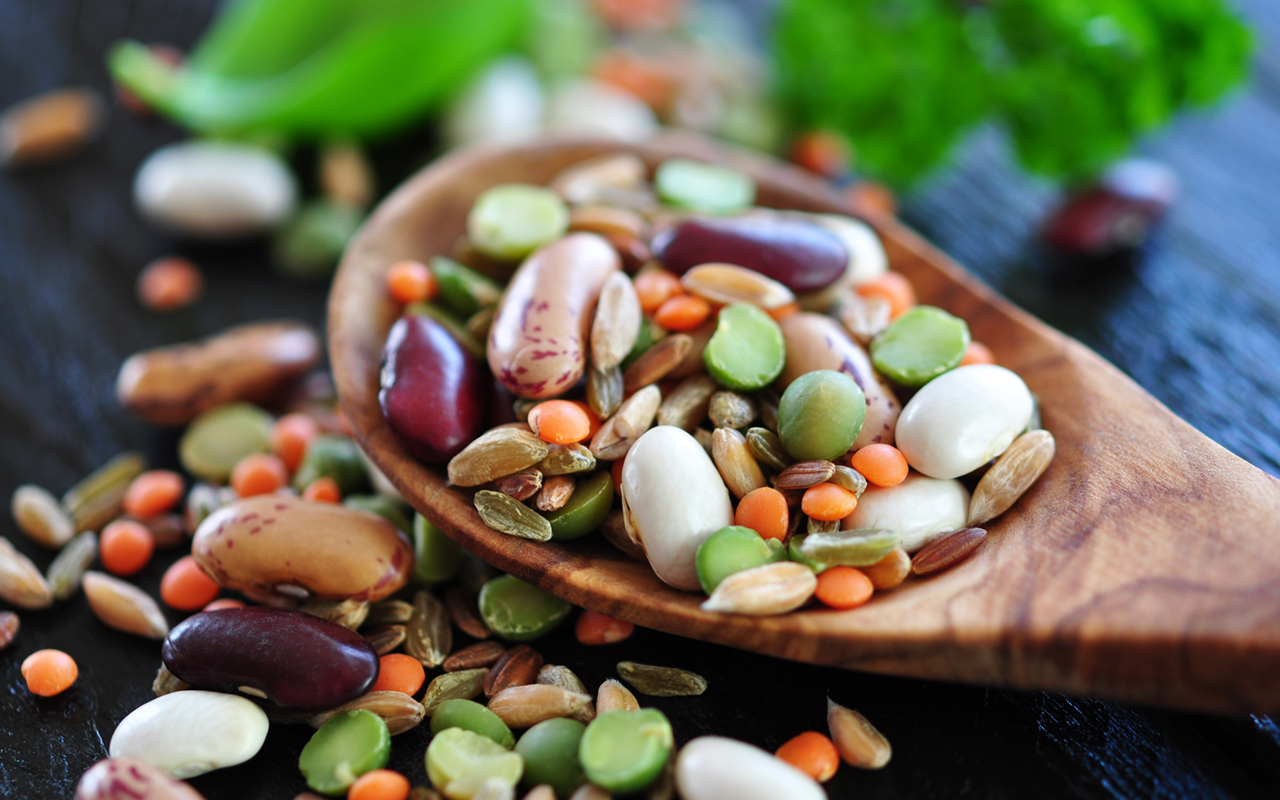
Legumes, a class of vegetables that encompasses peas, beans, lentils, and chickpeas, are not only versatile and delicious but also pack a nutritional punch that can assist in weight management efforts. These “good” carbs are rich in fiber and protein, which can increase feelings of fullness and reduce hunger, making them an excellent choice for those looking to burn fat.
Recent research has shone a light on the efficacy of legumes in weight loss diets. In a four-week scientific study, participants were split into two groups and both followed a calorie-restricted diet to induce weight loss. However, one group was instructed to include four weekly servings of legumes into their meals. The results were telling: the group whose diet was enriched with legumes lost more weight than the control group that did not consume them, despite both groups having a similar caloric intake.
But the benefits didn’t stop at weight loss. Individuals on the legume-rich diet also saw additional health improvements. Notably, there was a marked improvement in their cardiovascular health metrics. “Bad” LDL cholesterol levels – a risk factor for heart disease – were lowered more in the legume group than in the control group. Similarly, blood pressure readings also improved in those consuming legumes, making them a heart-healthy addition to the diet.
It’s clear that including legumes in a balanced, calorie-controlled diet can not only aid in weight loss but also contribute to overall better health by improving cardiovascular risk factors. Whether you’re looking to enhance your diet or searching for natural ways to manage your weight, the humble legume may just be the superfood you need.
Whole-Wheat Bread: Opt for Fiber-Packed Loaves
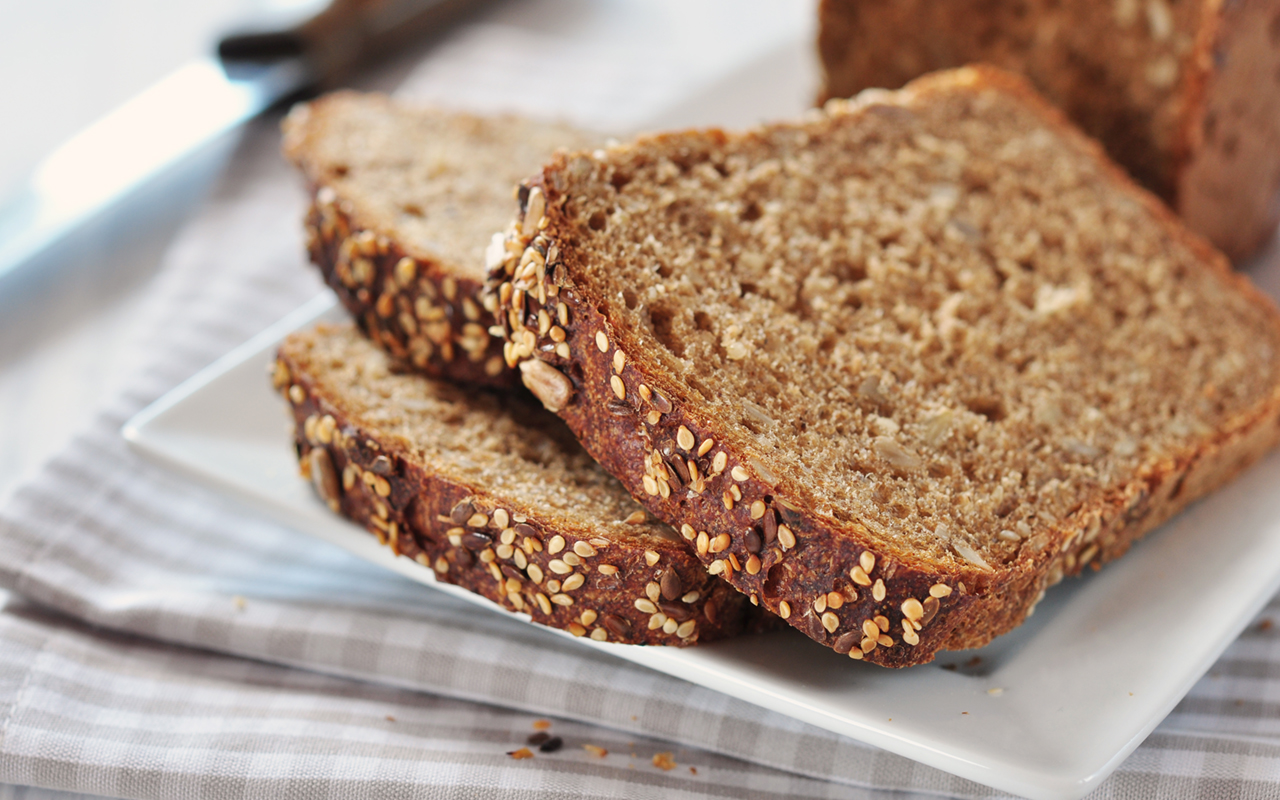
Whole-wheat bread (WWB) isn’t just a staple in terms of versatility and taste; it’s a powerhouse of nutrition that plays a vital role in a balanced diet. Many people have noticed a significant pattern when incorporating WWB into their meals; the comprehensive nutritional content that includes all three parts of the wheat kernel — the bran, germ, and endosperm — translates to a higher fiber intake. This boost in fiber not only aids in digestion, leading to more regular bowel movements, but it also contributes to a feeling of satiety. Feeling fuller after meals can help curb the urge to snack, which is a boon for those managing their weight.
Additionally, the type of carbohydrate found in WWB is complex, often digested slower than simple carbs, which means it provides a more sustained energy release — avoiding those sharp blood sugar spikes followed by crashes that can occur with refined bread. The low glycemic index of whole-wheat bread also makes it a recommended choice for individuals managing diabetes.
But not all bread marketed as “whole wheat” is created equal. Savvy shoppers may have noticed that some whole-wheat breads are marred by the inclusion of high fructose corn syrup and other additives you might want to avoid for a cleaner diet. These ingredients can diminish the quality of the bread, contrary to what we seek from whole grains.
To ensure you’re getting the health benefits of whole-wheat bread without the unwanted extras, it’s wise to read labels carefully. Look for bread that lists whole-wheat flour as the first ingredient and that is devoid of high fructose corn syrup and unnecessary fillers. Often, the genuinely good stuff is stored in the freezer aisles — a small detail that can make a world of difference. While these options may come with a slightly higher price tag, the investment in your health can be well worth it.
In short, WWB can be an excellent addition to your diet. It’s a good carb that provides essential nutrients, supports good digestive health, and helps maintain a feeling of fullness. Plus, it’s conveniently available at local grocers, making it an accessible option for those looking to make a health-conscious choice in their daily diet. When choosing your bread, it’s prudent to opt for quality over convenience, selecting the kind that supports your well-being and aligns with your dietary values.
Black Beans: Protein-Packed Legumes for Muscle Building
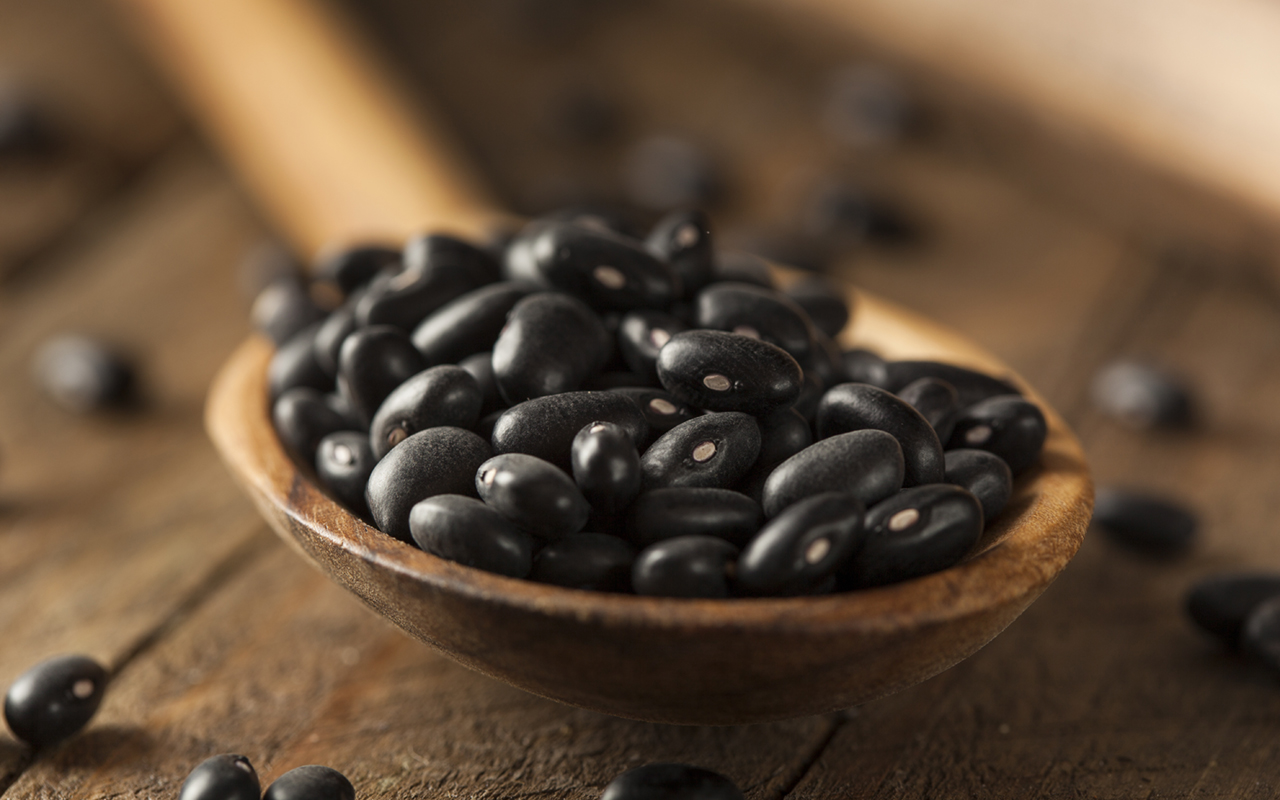
Beans stand out as a remarkable superfood, lauded for their dense nutritional profile that complements a well-rounded diet. Packed with essential nutrients, they are particularly esteemed for their protein and fiber content. These humble legumes play a pivotal role in the maintenance and development of the body’s physiological functions.
A prime example is black beans. A single cup serves as a powerhouse of nourishment, delivering 12 grams of protein. This macronutrient is fundamental for tissue repair and growth, making it a vital component for athletes and individuals engaging in regular physical activity. Protein also has a satiating effect, which helps in weight management by reducing the propensity for unnecessary snacking.
Fiber contributes a distinct set of benefits. With 9 grams per cup, black beans aid in digestive health, ensuring a smooth and regular bowel function. This dietary fiber has a positive effect on blood glucose levels, preventing the sudden spikes and drops that can occur after meals. The result is a steady and sustained energy release, which is crucial for both short-term focus and long-term health.
But the virtues of black beans do not end with protein and fiber. They are also abundant in folate, a B vitamin that is indispensable for muscle growth. Folate assists in the production and repair of DNA and RNA, the building blocks of cells, including muscle cells. This makes it especially beneficial for people looking to increase their muscle mass or enhance recovery after workouts.
Moreover, black beans contain a significant amount of copper, a trace mineral that is often overlooked but extremely important for maintaining strong and healthy tendons. Copper facilitates the cross-linking of collagen and elastin, which are essential for the strength and elasticity of the connective tissues in the body.
In summary, the inclusion of black beans in one’s diet is not just about meeting dietary requirements; it’s about empowering the body to operate at its optimal potential, reinforcing muscle and tendon health, and sustaining a balanced glycemic profile. Whether as part of a vegetarian dish or a side to lean protein, black beans can be a versatile and delicious addition to various meals, making them a must-have in any health-conscious kitchen.
Oatmeal: Satisfying and Heart-Healthy Breakfast Option
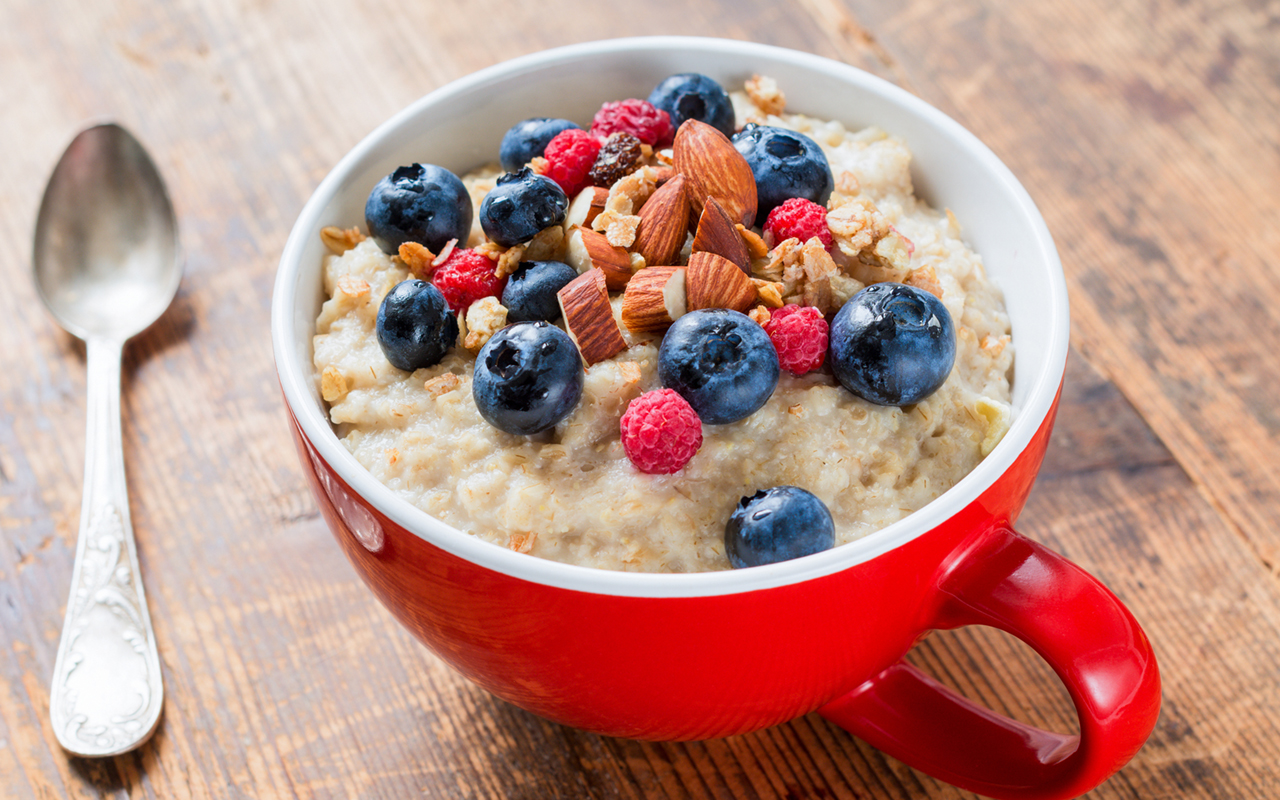
Oats have earned their reputation as a breakfast staple for a multitude of reasons. Principally, they come loaded with carbohydrates, an essential energy source for the body. However, unlike many other high-carb foods that can cause a rapid spike in blood sugar levels, the carbs present in oats are absorbed more slowly, thanks to their high fiber content. This slower digestion process not only provides a more sustained energy release but also helps keep hunger pangs at bay, making oats a great option for maintaining energy levels throughout the morning.
In addition to the complex carbohydrates and fiber, oats are a good source of protein, offering around 10 grams per half-cup serving. This protein content is particularly beneficial for building and repairing muscle tissue, making it a suitable post-workout meal option that supports muscle recovery and growth.
The type of fiber found in oats is largely soluble, which has significant heart-health benefits. Soluble fiber can help manage blood cholesterol levels by binding with cholesterol in the digestive system, causing it to be excreted from the body. This process helps to lower the risk of developing heart disease, making oats a heart-friendly choice.
Moreover, oats are incredibly versatile. They can be prepared in a variety of ways, such as hot oatmeal, overnight oats, or added to smoothies for a fiber and protein boost. Plus, oats can be used in baking, providing a healthier alternative to white flour in recipes for muffins, cookies, and other baked goods.
Lastly, the nutrient-rich profile of oats is further complemented with a variety of essential minerals and vitamins, such as manganese, phosphorus, magnesium, and iron, making oats a wholesome and nutritious option for a balanced diet. This combination of sustained energy, muscle support, and cardiovascular benefits makes oats a powerful food ally for anyone looking to maintain a healthy lifestyle.
Chocolate Milk: A Delicious Post-Workout Recovery Drink
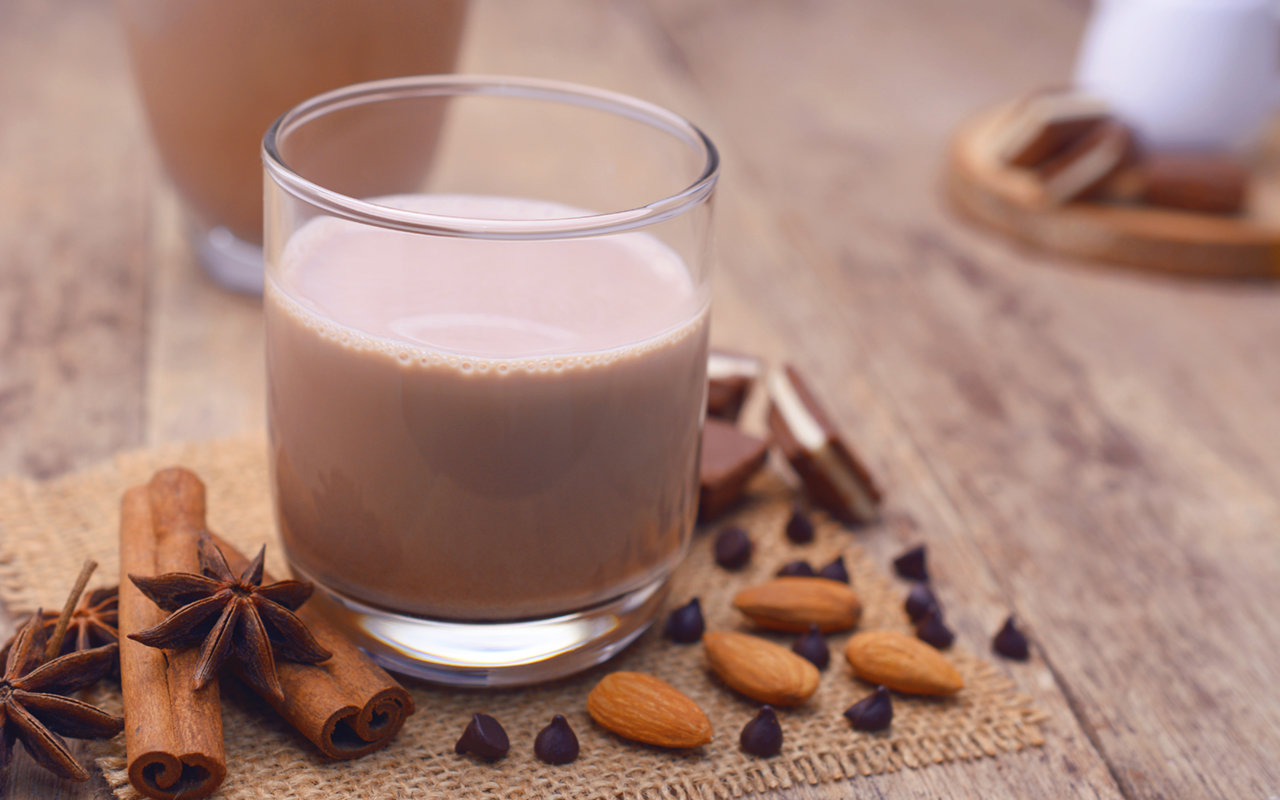
If you’re aiming to enhance your strength and overall fitness through muscle building, then it’s important to know the appropriate protein intake. According to researchers, the optimal protein load for building muscle is between 10 to 20 grams, split into two halves – half before and half after your workout session. Consuming protein before and after your workout can be highly beneficial for repairing and rebuilding your muscles, leading to improved strength and endurance. So, make sure to include an adequate amount of protein in your diet to achieve your fitness goals.
Did you know that one cup of chocolate milk contains 8 grams of protein? Not only is chocolate milk a delicious treat, but it can also be an excellent source of protein to help you meet your daily protein requirements.
In addition, consuming protein can also help turbocharge your metabolism and keep you burning calories all day long. Consider adding chocolate milk to your daily diet to not only satisfy your sweet tooth but also to help you achieve your fitness goals.
Wild Salmon: A Healthy Fat Source for Muscle Repair and Growth
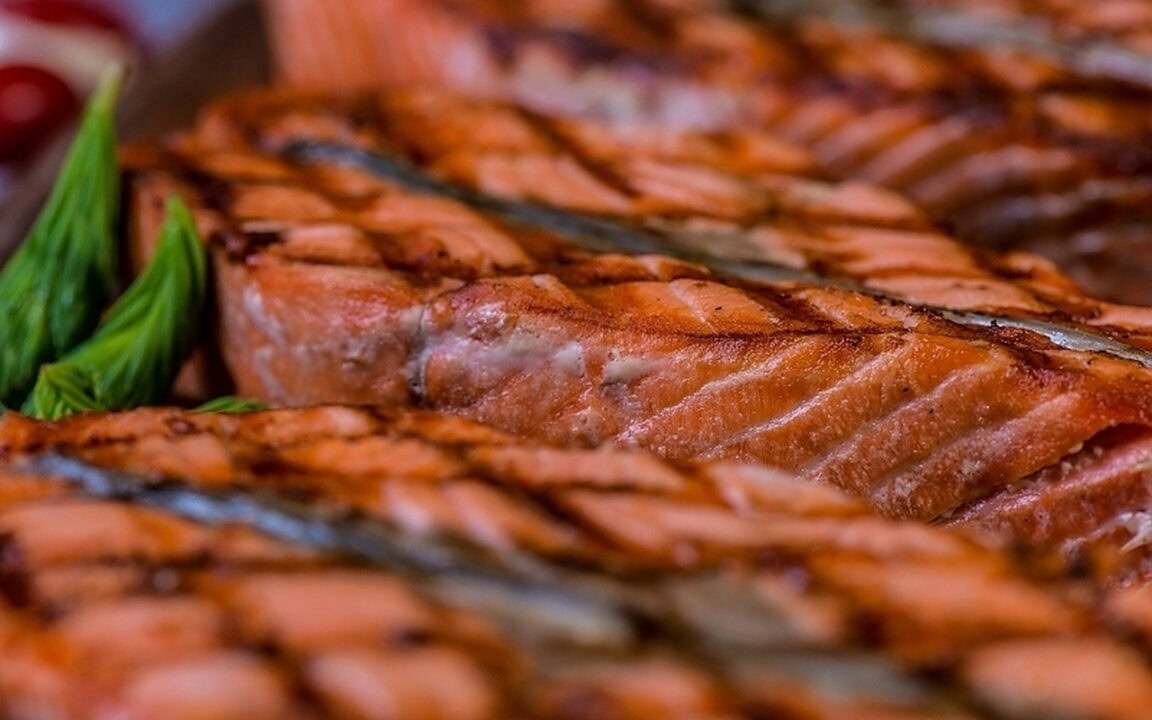
Salmon is a type of oily fish that’s packed with high-quality protein and omega-3 fatty acids, both of which are essential for maintaining optimal health and well-being. By incorporating salmon into your diet, you can fuel your muscles and promote fat loss, while also enjoying the added benefit of reduced inflammation thanks to the omega-3s found in this nutritious fish. Whether you’re a fitness enthusiast looking to recover more quickly from your workouts or simply seeking a healthier protein source, salmon is an excellent choice that won’t disappoint.
Quinoa: A Superfood for Muscle Growth and Recovery
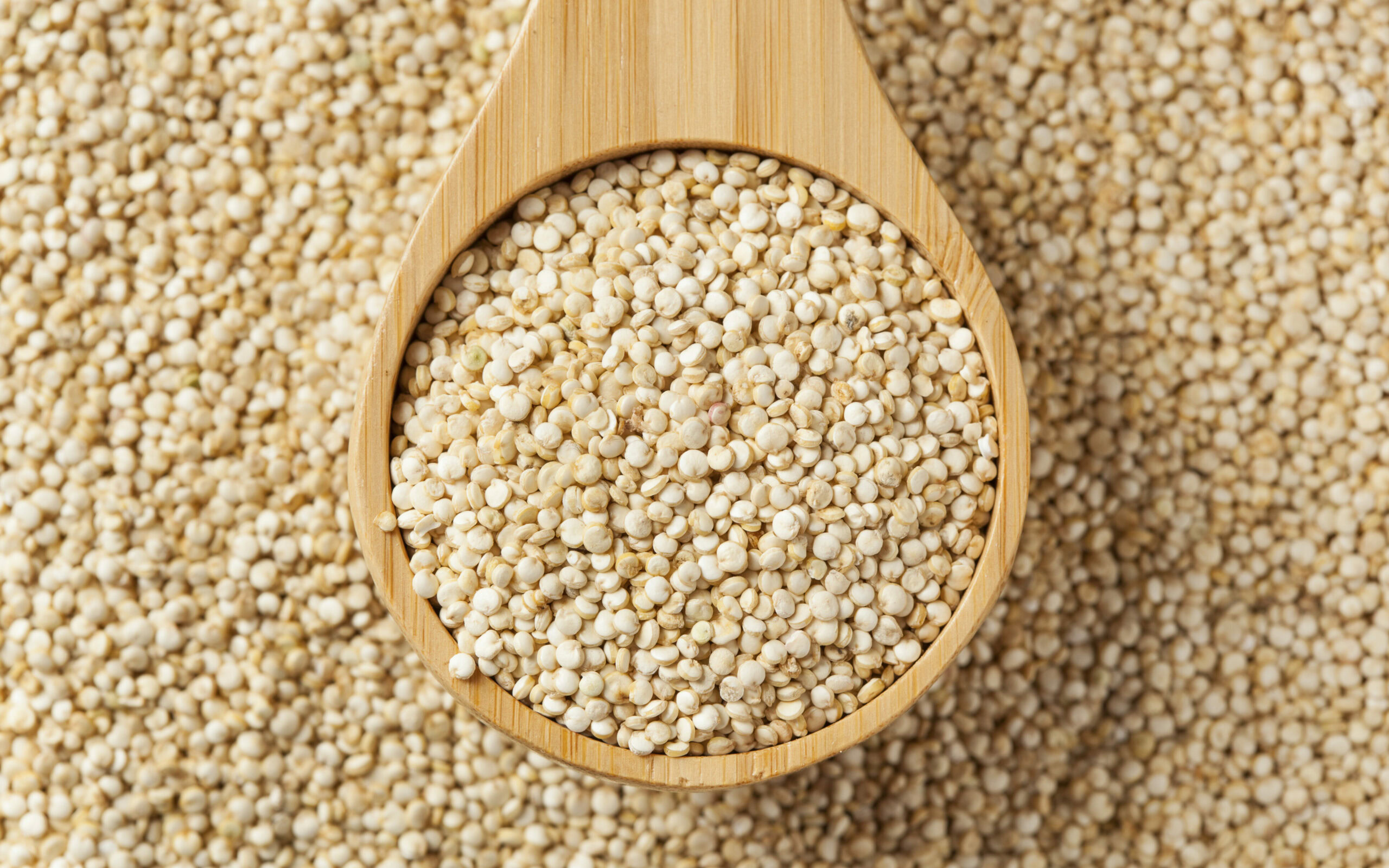
Quinoa is a highly nutritious food that can help you achieve your fitness goals. It is a complete protein source, providing all the essential amino acids your body requires for muscle building and repair. Additionally, quinoa is rich in fiber and magnesium, two vital nutrients that play a crucial role in muscle function and recovery. Including quinoa in your post-workout meals can enhance your body’s ability to recover and rebuild muscle, leading to faster and more effective results.
Greek Yogurt: A Protein-Packed Snack for Muscle Recovery
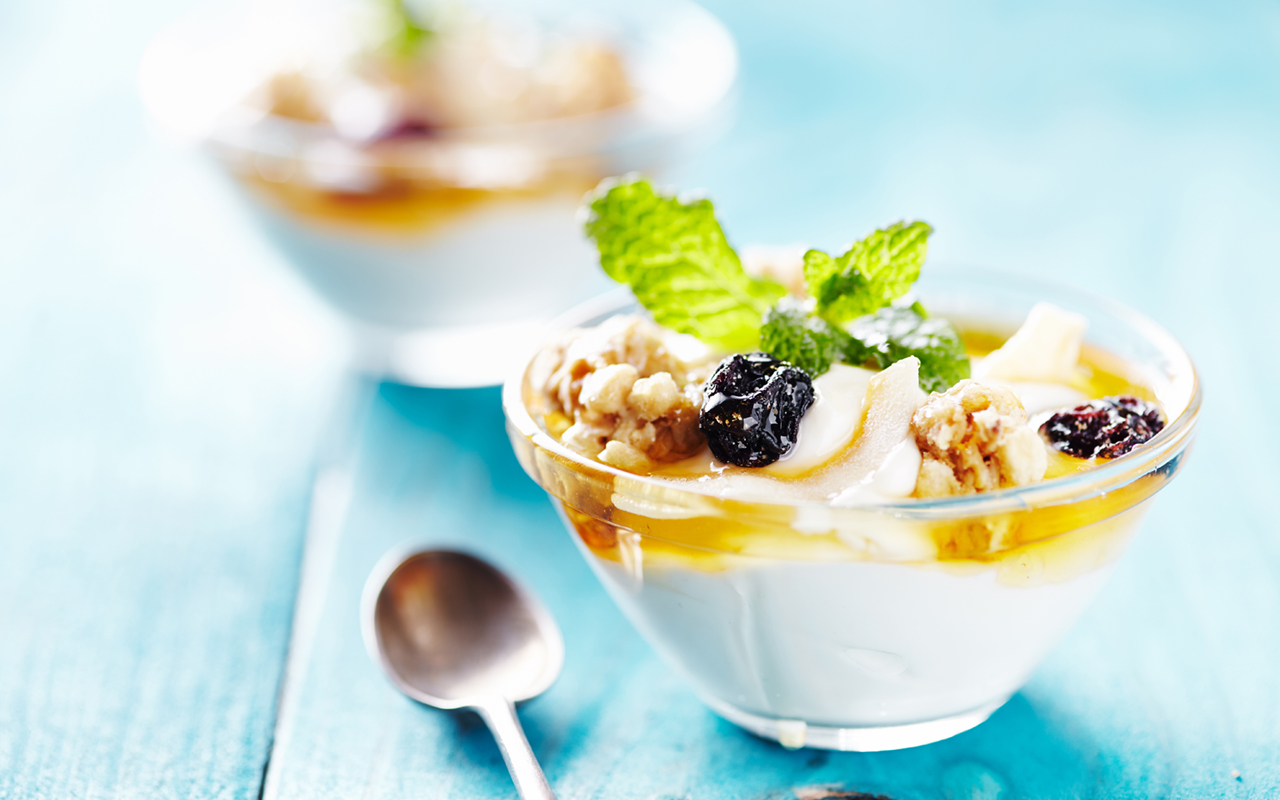
Greek yogurt is an incredibly healthy food that is packed with nutrients that are essential for our bodies. This yogurt type is an excellent protein and calcium source, necessary for muscle growth and recovery. Protein is crucial for building and repairing muscle tissue, and calcium is essential for strong bones and teeth. Greek yogurt contains probiotics, which are beneficial bacteria that can help improve digestion and boost your immune system. Probiotics promote the growth of good bacteria in our gut, which can help prevent the growth of harmful bacteria and reduce the risk of infections. Greek yogurt is a versatile food that can be enjoyed in many ways. You can add it to your post-workout smoothies for a protein boost or enjoy it as a snack with fruit and nuts for a delicious and nutritious treat.
Eggs: Nature’s Perfect Protein for Muscle Building
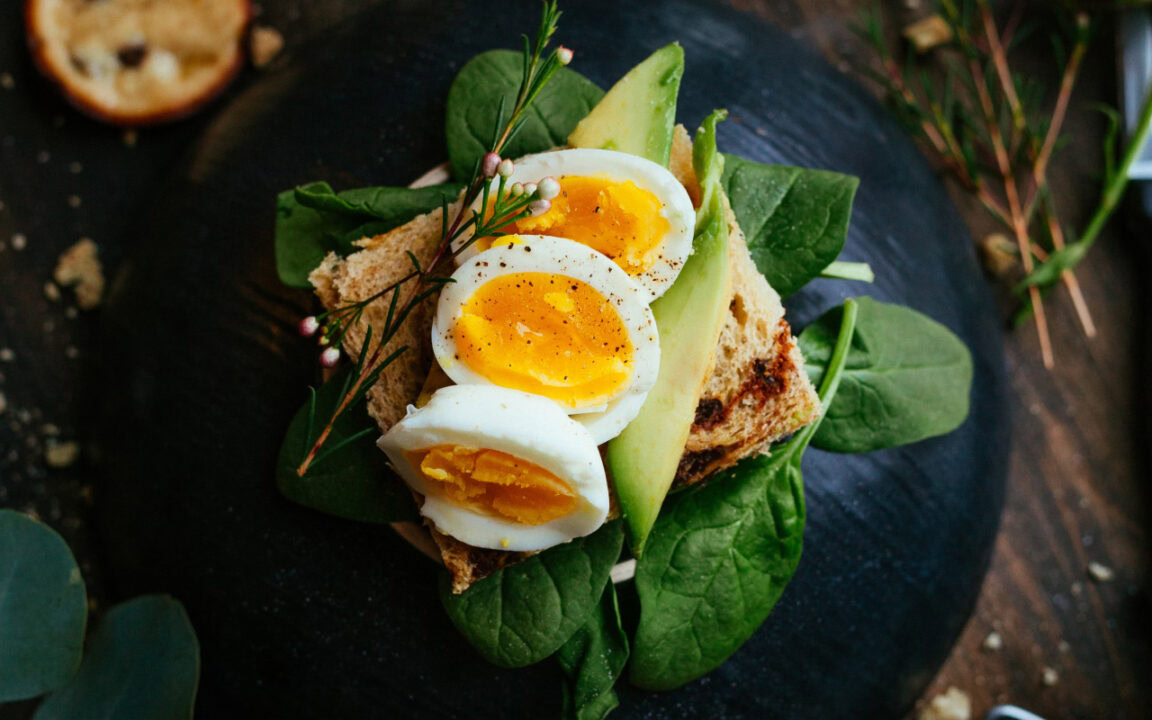
Eggs are an excellent source of protein as they contain all nine essential amino acids required for muscle building and repair. They also provide a wide range of vitamins and minerals, such as vitamin D, necessary for bone health and immune function. Additionally, eggs are low in calories and can be a great addition to your breakfast or as a snack. You can enjoy them differently, such as scrambled, boiled, or in an omelet. They are not only delicious but also provide a lot of health benefits. So, don’t hesitate to add them to your diet!
Almonds: A Portable Protein Source for Muscle Recovery
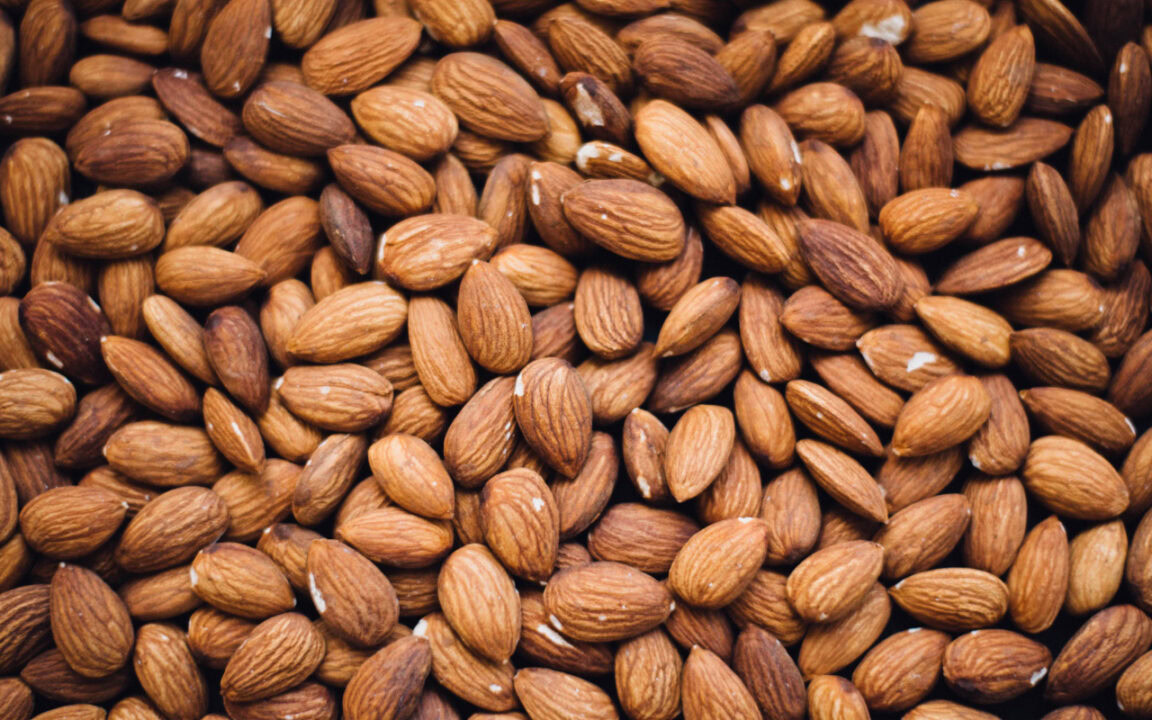
Almonds are an incredibly nutritious food, packed with high-quality protein, healthy fats, and abundant antioxidants, which makes them a perfect choice to support muscle recovery. Additionally, almonds are a great source of vitamin E, a powerful antioxidant that can help to reduce inflammation and promote muscle repair. Therefore, adding almonds to your post-workout snack or enjoying them as a quick and healthy pick-me-up can provide you with a delicious and nutritious boost to your diet and help you recover from exercise faster.
Cottage Cheese: A Slow-Digesting Protein for Overnight Muscle Repair
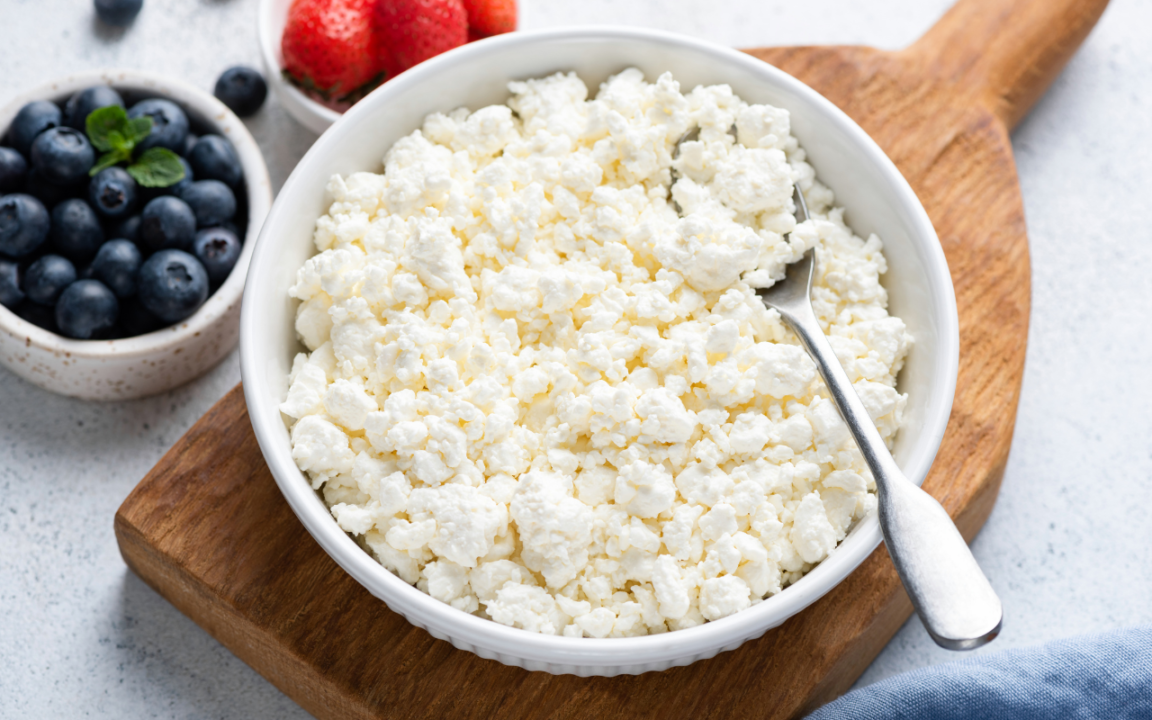
Cottage cheese is a low-calorie, low-fat food rich in calcium, phosphorus, and selenium. It is an excellent source of casein protein, which is slow-digesting and ideal for overnight muscle repair. Eating cottage cheese before bed can supply steady nutrients to the muscles, promoting muscle recovery and growth while preventing muscle breakdown. It is also a good option for weight loss or maintenance.
Turkey: A Lean Protein Source for Muscle Maintenance
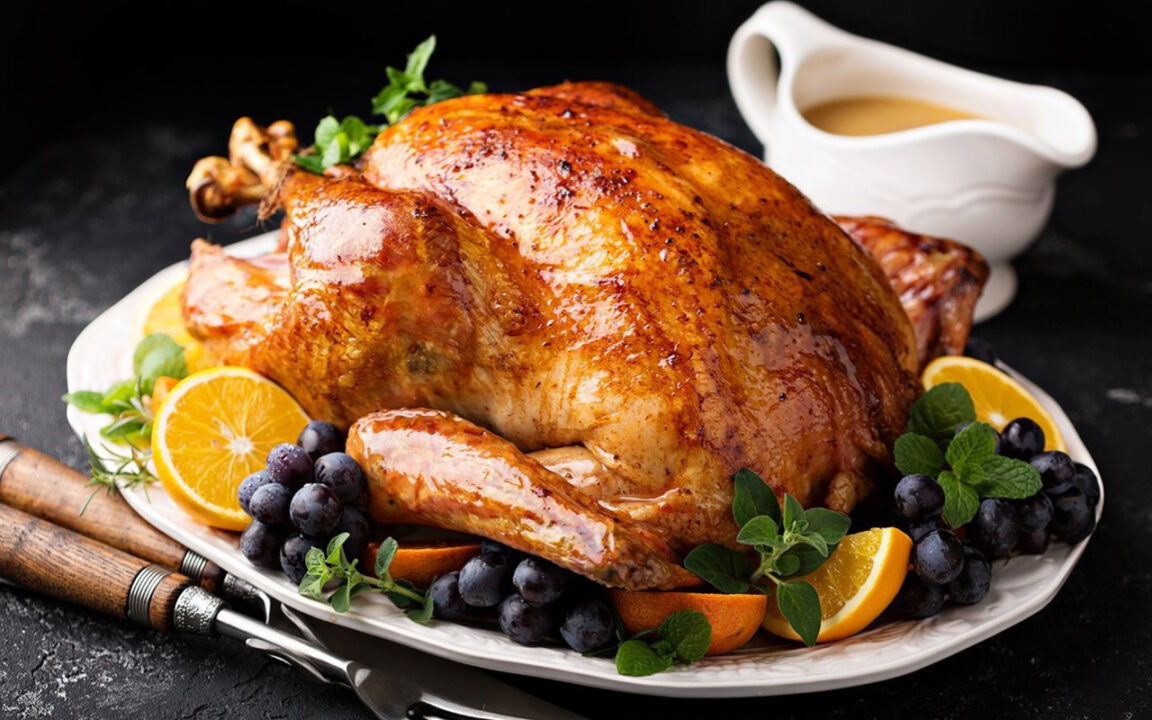
Turkey is an incredibly nutritious option for those who want to build and maintain muscle mass. It’s not only a great source of lean protein, but it’s also low in fat and calories, making it an ideal choice for those who want to keep their calorie intake in check. In addition, turkey is loaded with essential vitamins and minerals such as iron, zinc, and potassium, which are crucial for maintaining overall health and enhancing muscle function. By incorporating turkey into your daily diet, you can enjoy a healthy boost of protein that will benefit your body in numerous ways. Whether it’s in your sandwiches, salads, or stir-fries, turkey is a versatile and delicious addition to any meal.
Canned Tuna: A Convenient Protein Source for Muscle Growth
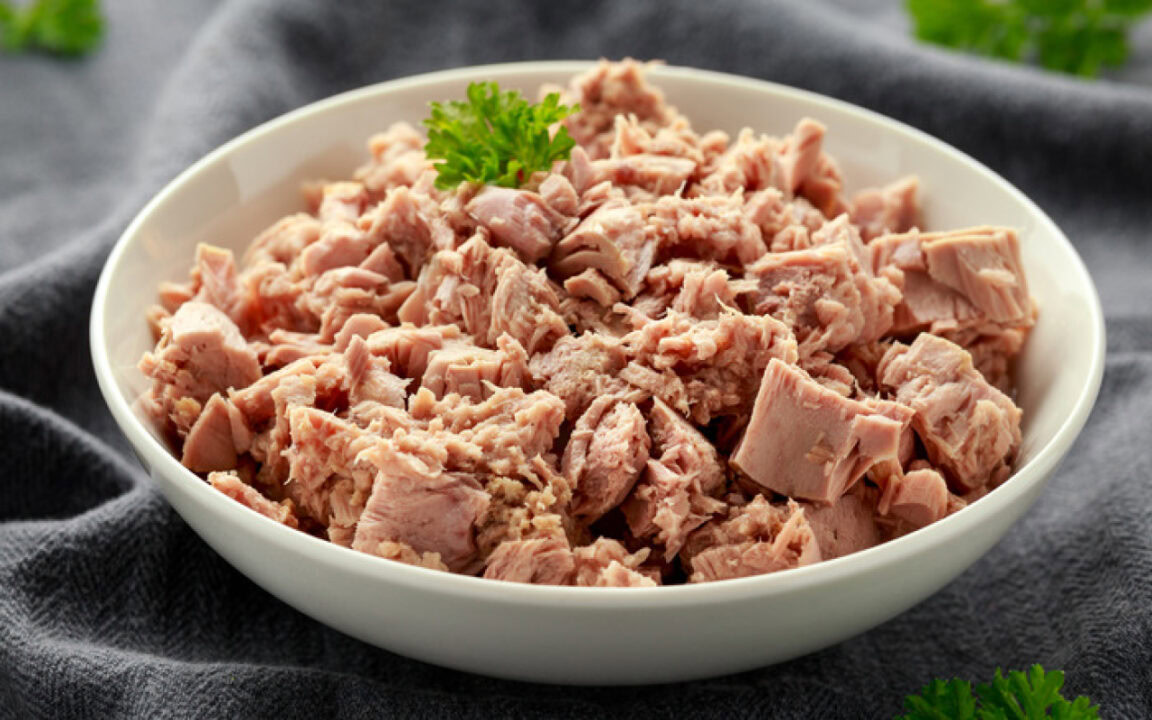
Canned tuna is a highly versatile and cost-effective source of protein that can be easily incorporated into a variety of dishes. Not only is it low in fat and calories, but it is also packed with essential omega-3 fatty acids, which play a vital role in reducing inflammation and promoting muscle growth. Whether you prefer it in salads, sandwiches, or pasta dishes, canned tuna is a quick and easy way to boost your protein intake and maintain a healthy, balanced diet.
Chicken Breast: A Versatile Protein for Muscle Building and Fat Loss
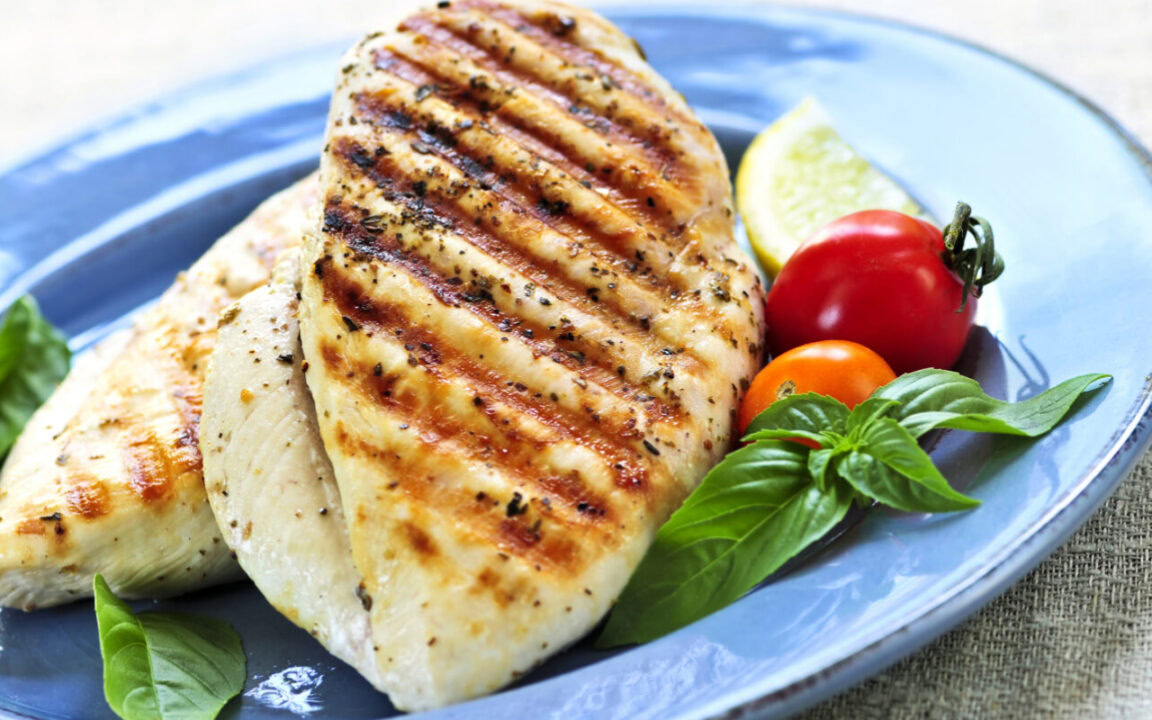
If you’re looking for a healthy and nutritious food option, then chicken breast should definitely be on your list. Chicken breast is a great source of lean protein, which is essential for building and repairing muscles in your body. Additionally, it is low in fat and calories, so it’s an excellent choice for people who are focused on weight loss. Chicken breast is also packed with essential vitamins and minerals, including B vitamins, which are necessary for energy metabolism and muscle function. To make the most of this nutritious food, you can add chicken breast to your salads, stir-fries, or wraps, and enjoy a delicious and satisfying meal that will help you achieve your fitness goals.
Incorporating these diverse and nutritious foods into your diet can not only aid in weight loss but also promote overall health and well-being. From whole grains like barley and whole-wheat pasta to nutrient-rich options like legumes and sweet potatoes, there are plenty of delicious and satisfying choices to explore. By making smart food choices, you can fuel your body with the nutrients it needs to thrive, while also enjoying a variety of flavors and textures. So why not start incorporating some of these belly-fat-fighting foods into your meals today and embark on a journey towards a healthier you!



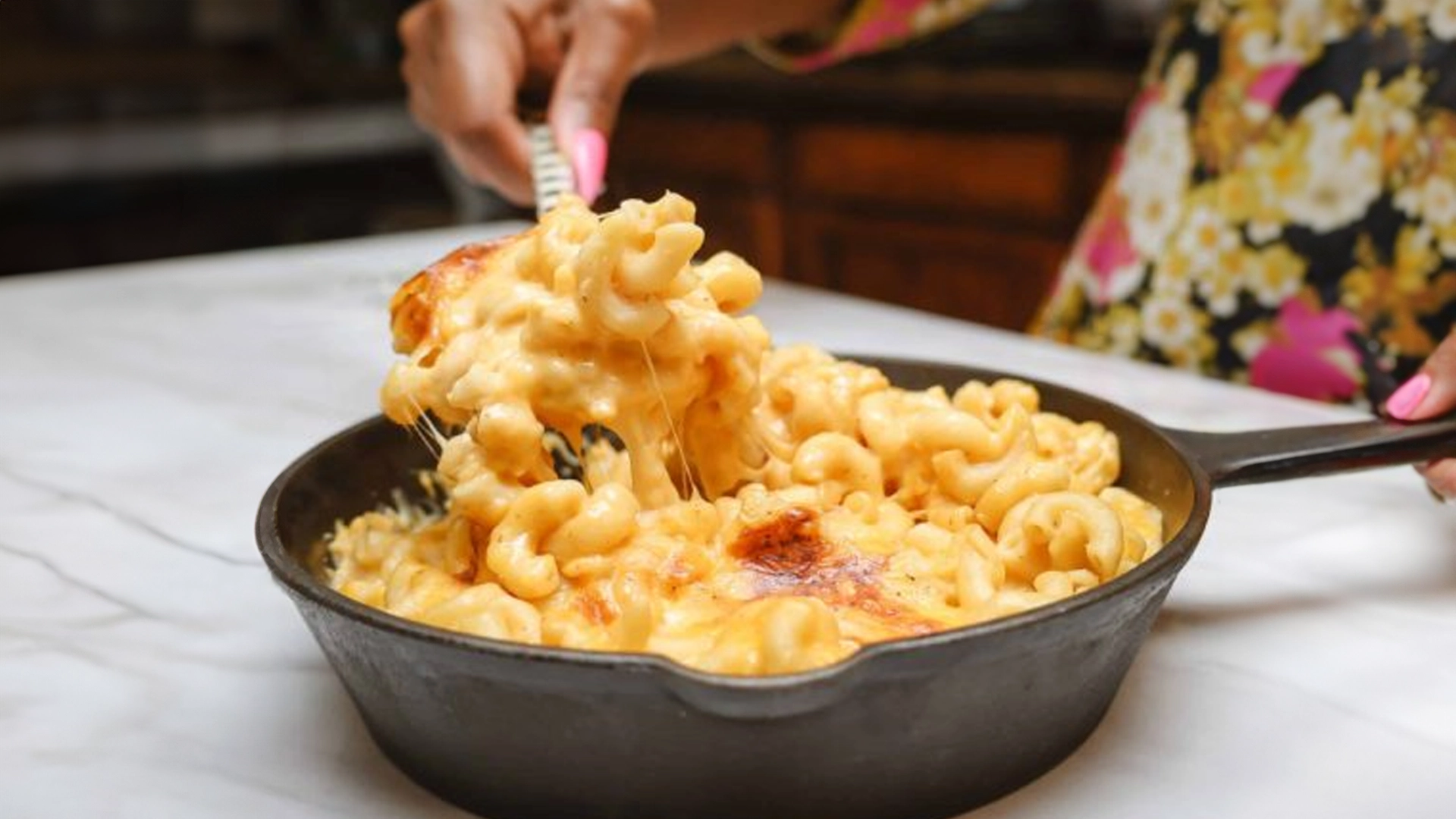
Leave a Reply